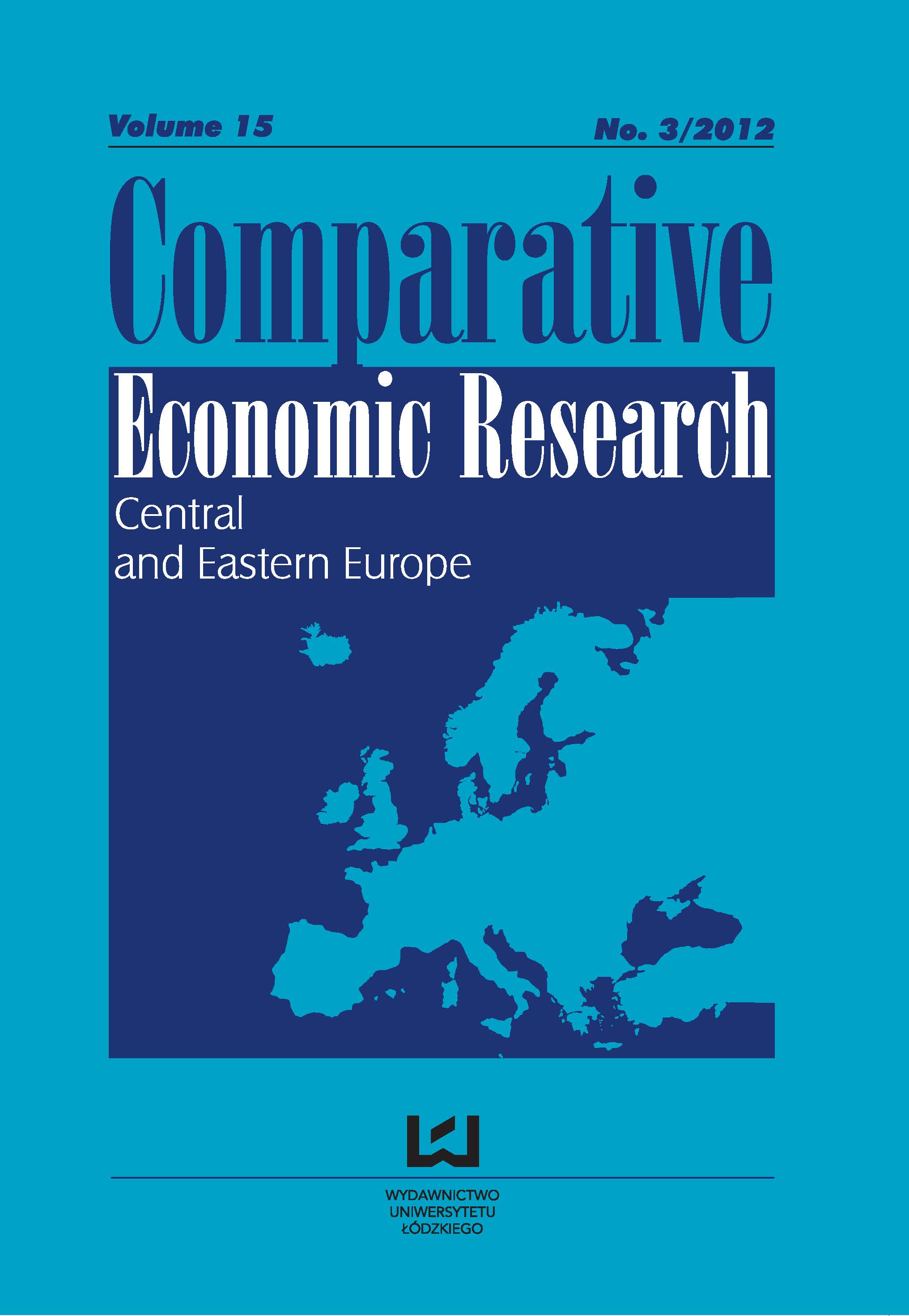Perspektywa zrównoważonej produkcji roślin energetycznych w Polsce
DOI:
https://doi.org/10.2478/v10103-012-0017-7Abstrakt
Zapotrzebowanie w Polsce na bioenergię w kontekście realizacji celów gospodarki energetycznej jest stymulowane przez szereg czynników, w tym potencjał biomasy pochodzący z upraw rolniczych. Celem artykułu jest wskazanie na perspektywę zrównoważonej produkcji roślin energetycznych w Polsce poprzez produkcję całkowitej biomasy jako głównego odnawialnego źródła energii wykorzystywanego w krajach Europy, a wspieranego przez obecnie obowiązującą Dyrektywę Parlamentu Europejskiego i Rady 2009/28/WE z dnia 23 kwietnia 2009 r. w sprawie promowania stosowania energii ze źródeł odnawialnych (OŹE). Najistotniejszymi powodami promowania produkcji biomasy roślinnej na cele energetyczne jest chęć przeciwdziałania zmianom klimatycznym i redukcja emisji gazów cieplarnianych. W artykule wskazano na znaczną rolę analizy LCA (Life Cycle Assessment) dla biopaliw i ich produkcji. Zwrócono uwagę na warunki agroklimatyczne i glebowe uwarunkowania produkcji biomasy w Polsce oraz ekonomiczny aspekt jakim jest wskaźnik waloryzacji rolniczej przestrzeni produkcyjnej (WWRPP).
Pobrania
Bibliografia
Clair S. S., Hillier J., and Smith P. (2008), Estimating the Pre–Harvest Greenhouse Gas Cost of Energy Production, “Biomass and Bioenergy” 32 (5) pp. 442–452
Google Scholar
CSO (2011a), Environment, Dariusz Bochenek (Editor), CSO, Regional and Environmental Surveys Division, Warsaw
Google Scholar
CSO (2011b), Statistical Yearbook of Agriculture, Halina Dmochowska (Editor), Central Statistical Office, Statistical Publication Department, Warsaw
Google Scholar
Faber A. (2008), Przyrodnicze skutki uprawy roślin energetycznych studia i raporty (The effects of energy plant cultivation on nature: Studies and reports), Institute of Soil Science and Plant Cultivation, A State Research Institute (IUNG – PIB), 11, pp. 43–53
Google Scholar
Igras J. and Lipiński W. (2006), Regionalne zróżnicowanie stanu agrochemicznego gleb w Polsce Studia i ra'porty (Regional differentiation in the agro–chemical state of soils in Poland: Studies and reports), Institute of Soil Science and Plant Cultivation, A State Research Institute (IUNG – PIB), 15, pp. 71–79
Google Scholar
Jug A., Makeschin F., Rehfuess K. E., and Hoffman–Schielle C. (1990), Short Rotation Plantations of Balsam Poplars, Aspen and Willow on Former Arable Land in the Federal Republic of Germany, “III, Soil Ecological Effects, for Ecology and Management”, 121: 85–99
Google Scholar
Krasowicz S. and Kopiński J. (2009), Wpływ warunków przyrodniczych i organizacyjno– ekonomicznych na regionalne zróżnicowanie rolnictwa w Polsce (The impact of natural and organizational–economic conditions on regional diversity in agriculture in Poland), Studies and reports, Institute of Soil Science and Plant Cultivation, A State Research Institute (IUNG – PIB), 15 pp. 81–99
Google Scholar
Kukuła S. and Igras J. (2004), Nawożenie w krajach Europy Zachodniej i w Polsce – stan i prognoza (Fertilization in the countries of Western Europe and Poland: State and prognosis), “Wieś Jutra (Rural Tomorrow)”, 10, pp. 1–4
Google Scholar
Stuczyński T., Kozyra J., Łopatka A., Siebielec G., Jadczyszyn J., Koza P., Doroszewski A., Wawer R., and Nowocień E. (2007), Przyrodnicze uwarunkowania produkcji rolniczej w Polsce, (Agricultural production nature condition in Poland), Studies and reports, Institute of Soil Science and Plant Cultivation, A State Research Institute (IUNG – PIB), 7, pp. 77–115
Google Scholar
Węgorek T. (2008), Biologiczne metody zmniejszenia zagrożenia gleb erozją wodną (fitomelioracje)(Biological methods for decreasing the threat of water erosion of soil (phyto– improvement): Studies and reports, Institute of Soil Science and Plant Cultivation, A State Research Institute (IUNG – PIB), 10: 123–148
Google Scholar
Henzelmann T., Schaible S., Stoever M., and Meditz H. (2011), The Genesis and Promise of Green Business Revolution, [in:] Charles–Edward Bouée (Editor), Green Growth, Green Profit: How Green Transformation Boosts Business, Roland Berger Strategy Consultants GmbH
Google Scholar
Demirbas A. (2009), Biofuels, Springer, London
Google Scholar
Goldemberg J. (2011), Chapter 1: The Role of Biomass in the World’s Energy System, [in] Marcos Silveira Buckeridge and Gustavo H. Goldman (Editors), Routes to Cellulosic Ethanol, Springer, New York
Google Scholar
Zah R., Böni H., Gauch M., Hischier R., Lehmann M., and Wäger P. (2007) Life Cycle Assessment of Energy Products: Environmental Assessment of Biofuels, Executive Summary, EMPA – Materials Science & Technology, Federal Office for Energy (BFE), Bern, 2007, p. 161, http://www.bioenergywiki.net/images/8/80/Empa_Bioenergie_ExecSumm_engl.pdf
Google Scholar
Crutzen P. J., Mosier A. R., Smith K. A., and Winiwarten W. (2008), N2O Release from Agrobiofuel Production Negates Global Warming Reduction by Replacing Fossil Fuels, “Atmospheric Chemistry and Physics”, 8: 389–395
Google Scholar
Pobrania
Opublikowane
Jak cytować
Numer
Dział
Licencja

Utwór dostępny jest na licencji Creative Commons Uznanie autorstwa – Użycie niekomercyjne – Bez utworów zależnych 4.0 Międzynarodowe.











